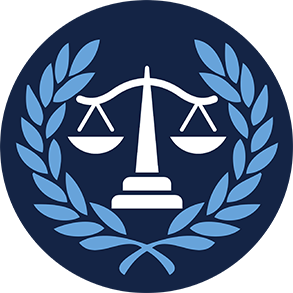Press Releases
Nadler & Cicilline Introduce the Student Borrower Bankruptcy Relief Act
Washington,
October 6, 2022
Washington, D.C. - House Judiciary Committee Chairman Jerrold Nadler (D-NY) and Congressman David N. Cicilline (D-RI), Chair of the Subcommittee on Antitrust, Commercial, and Administrative Law, last week introduced a bill that would give Americans overwhelmed by student loan debt the option of obtaining meaningful bankruptcy relief. The Student Borrower Bankruptcy Relief Act of 2022 would eliminate the section of the bankruptcy code that makes private and federal student loans nondischargeable, allowing these loans to be treated like nearly all other forms of consumer debt.
“Americans across the nation are facing crushing student loan debt that is preventing them from purchasing homes and living the true American dream. We must ensure that Americans are able to invest in their education and then go on to live quality lives without the cloud of rising debt hanging over their heads. I am pleased to introduce the bipartisan Student Borrower Bankruptcy Relief Act of 2022, which is a positive step in that effort. This legislation updates the federal bankruptcy code to ensure student loan debt is treated like almost every other form of consumer debt that can be discharged during bankruptcy,” said Chairman Nadler. “Far too many people across the country have been forced to take on massive and often insurmountable debt to pay for education,” said Congressman Cicilline. “The system is clearly broken and needs massive reform. A college education cannot be a privilege just for the wealthiest few, but rather must be accessible to every student who wants to further their studies and pursue the career path of their choosing.” Most forms of debt, such as credit card debt and medical debt, can be discharged through the bankruptcy process. Only a limited number of debts, such as child support payments, alimony, overdue taxes, and criminal fines, are treated as nondischargeable in bankruptcy. However, current federal law also makes student loan debt nondischargeable except in extremely rare cases. Student debt has not always been given special exemption by the bankruptcy code. Prior to 1976, federal and private student loan debt were both fully dischargeable. Congress then began steadily narrowing the grounds upon which student loan bankruptcy relief could be granted until, in 1998, federal student loans were made completely nondischargeable absent a showing of “undue hardship” which courts have construed to be nearly impossible to demonstrate. In 2005, Congress also made private student loans nondischargeable in bankruptcy. As a result, student borrowers who find themselves unable to repay their loans are now saddled with this debt for life. Forty-eight million Americans owe more than $1.75 trillion in student loan debt. Cumulative student loan debt has surpassed credit card debt to become the second largest category of private consumer debt after mortgages, and student loan debt is the fastest growing segment of U.S. household debt, increasing by 263 percent since 2006. Nondischargeable student debt is constraining the career and life choices of student borrowers, and analyses by the Federal Reserve show that the student debt burden is affecting the broader economy. Since this country’s founding, Americans have had the ability to start over through bankruptcy. Filing for bankruptcy is not a step that student borrowers would take lightly, and the strict means test for bankruptcy filing that Congress imposed in 2005 would ensure that borrowers who have the means to repay student debts cannot simply liquidate them in bankruptcy. However, for those student borrowers who have no realistic path to pay back their student loan debt burden, bankruptcy should be available as an option to help them get back on their feet." |



